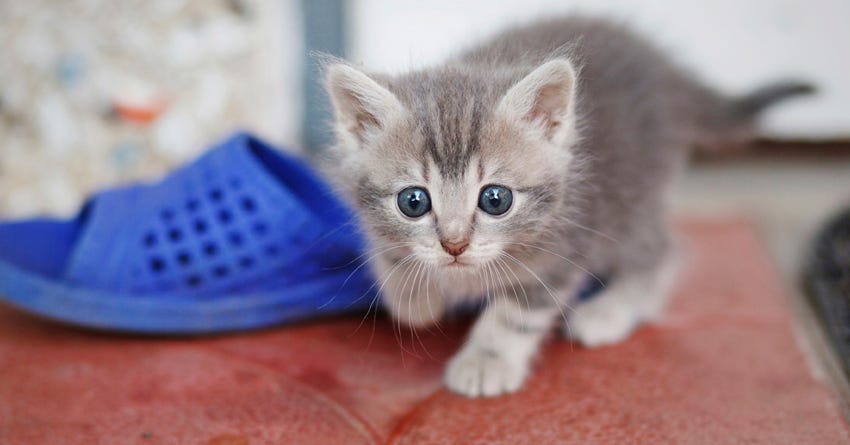6 Tips to Thwart Kitten Aggression

My kitten, Kirk, is now five months old and, for the most part, I'm enjoying his kittenhood.
Unfortunately, he's hit the normal stage of development when his playtimes have become quite serious (for him) and the other pets in the household and I have become his target. His nails and teeth are sharp, and when he latches on, he can easily draw blood. So with the help of my dogs and adult cats, we're all teaching him that rough, aggressive play is not acceptable. Cats have two types of play. Solitary play is when the cat will play with a toy. The toy might be a cat toy, a bug he's caught, a rolled up piece of paper, a cardboard box or a paper bag. The cat will amuse himself with the toy and have a great time. When playing by himself, he can be as rough as he wants. Social play, on the other hand, is with another cat, a dog, a person or another animal. Most cats learn to withhold bites and scratches so as not to hurt their playmates, but that knowledge isn't inborn; kittens have to learn those lessons.Aggression Ends the Game
My adult cats are helping teach Kirk, and I've been studying what they do. Spock, for example, is a big cat and when Kirk gets too rough, Spock will lie on top of Kirk, pinning him, until Kirk stops fighting. Spock then just gets up and walks away. The playtime is over. The dogs are not nearly as subtle. When Kirk attacks a dog from the rear, grabs a tail or bites a leg, the dog growls, shakes the kitten off, and walks away. In other words, the lesson is that aggression ends the game. I put this to the test the other day. Kirk likes to retrieve toys, so I tossed the toy while he chased after it, attacked it and brought it back to me. One time when I picked up the toy to throw, Kirk wrapped himself around my hand (which was still holding the toy) and latched on with nails and teeth. With my other hand, I grabbed him by the scruff of the neck, detached him from my hand and put him on the floor. Then, keeping his toy, I got up and walked away. No yelling, no rough stuff, no hitting, no pinning him to the ground. I simply stopped the game and walked away. After a few minutes he followed me and asked for petting. I doubt that was an apology; instead, he was probably trying to figure out what happened, and with repetition, he will figure it out.Don't Play Rough
It's important that you don't teach your kitten to fight you. If you play rough with him, finger fight with him, pin him to the ground with your hand or otherwise use your size and strength against him, you're teaching him to fight you. He may be tiny, especially as a kitten, and can't do much damage now, but a full-grown cat who has been taught to fight people will eventually hurt someone. Teach your kitten that your hands are always gentle and he needs to be gentle in response. Your hands should pet him, stroke him, scratch behind the ears and tickle his tummy. If you need to do something he may not like, such as give him medication, wrap him in a towel first (swaddle him) so that the towel restrains him. Then you can care for him without the cat thinking he needs to fight your hands. ©istockphoto/SanerG
©istockphoto/SanerG

